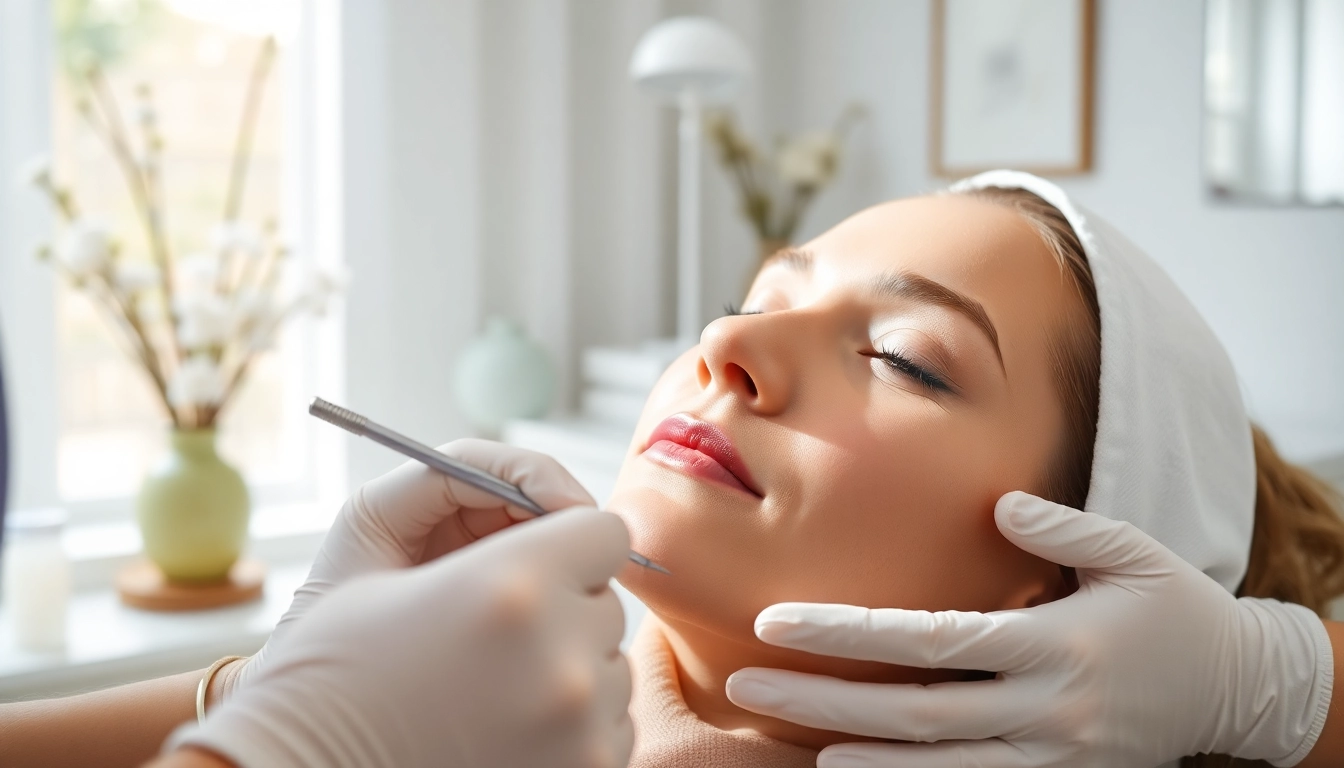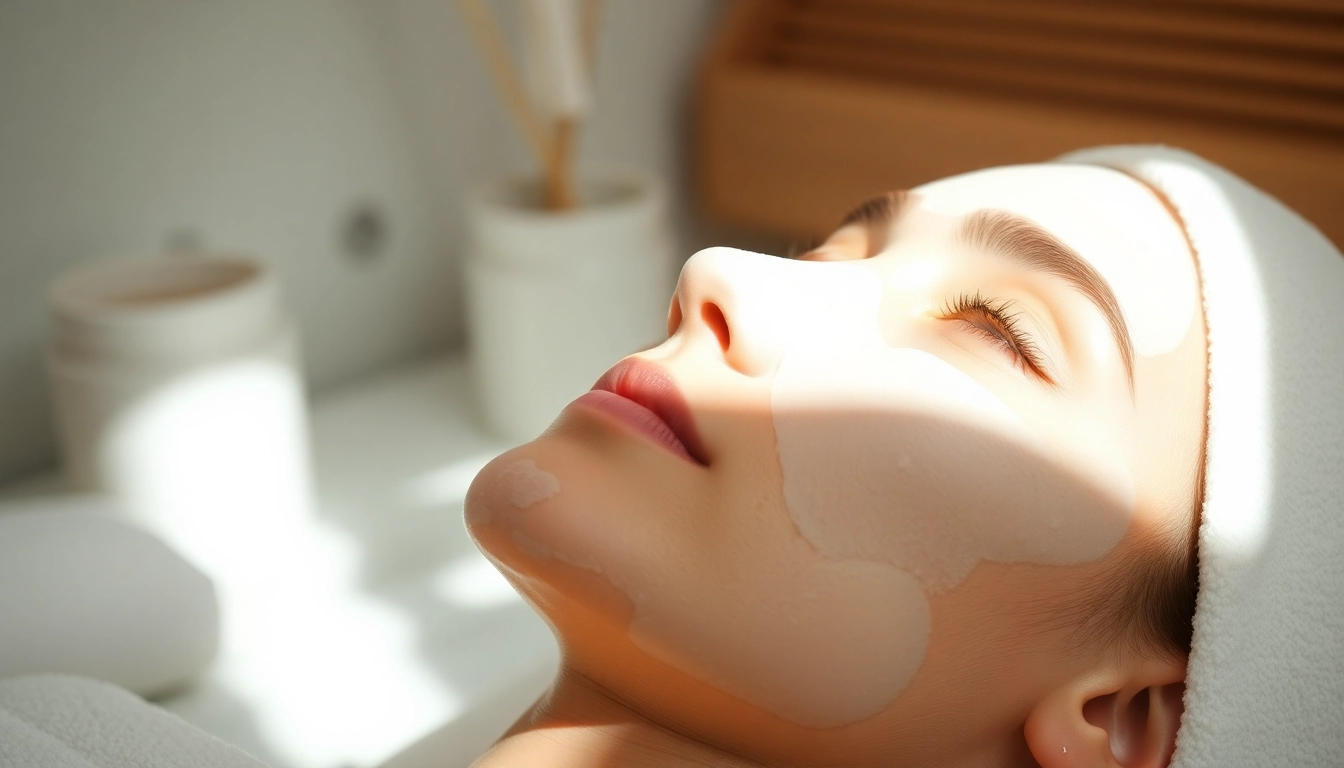Understanding Thread Lifting: A Modern Aesthetic Solution
What is Thread Lifting?
Thread lifting is a minimally invasive cosmetic procedure designed to enhance facial contours and reduce sagging. It involves the insertion of dissolvable threads into the skin, which are typically made of materials such as polydioxanone (PDO). These threads act as a scaffold, supporting and lifting the skin, while simultaneously stimulating collagen production in the surrounding tissue. As a result, clients can achieve a more youthful appearance without undergoing traditional surgical facelifts.
Benefits of Choosing Thread Lifts
There are numerous advantages to opting for thread lifts compared to traditional aesthetic procedures:
- Minimal Recovery Time: Unlike surgical facelifts, thread lifts require little downtime, allowing individuals to resume their daily activities almost immediately.
- Subtle Results: The effects of thread lifting provide a natural look, enhancing facial features without the ‘overdone’ appearance often associated with cosmetic surgery.
- Collagen Stimulation: The threads encourage the body’s natural healing processes, leading to increased collagen production, which improves skin elasticity and firmness over time.
- Adjustable Results: Practitioners can easily adjust the threads post-insertion to achieve the desired outcome during the procedure.
Common Misconceptions about Threads
Despite its growing popularity, various misconceptions about thread lifting may deter potential clients. Some common misunderstandings include:
- Painful Procedure: Many fear that the insertion of threads will be painful. However, local anesthesia is typically used to minimize discomfort.
- Long-Lasting Effects: While thread lifts can last for several months, they are not permanent solutions. Clients should be informed of the expected duration of effects—usually between 6 to 18 months depending on individual conditions.
- Only for Older Individuals: People of various ages can benefit from thread lifts. Younger clients often seek this solution as a preventive measure against sagging skin.
How to Search for Threads Near Me Effectively
Using Online Tools and Directories
When looking for thread lift services in your area, utilizing online tools can streamline the process. Start by employing search engines with keywords like threads near me. Additionally, specialized medical directories can help locate certified practitioners and clinics, showing ratings and reviews that can assist in decision-making.
Evaluating Local Clinics and Practitioners
Finding the right clinic involves thorough evaluation. Begin by checking the qualifications of practitioners—ensure they are board-certified dermatologists or plastic surgeons with experience in thread lifting. Visit their websites to review services offered, before-and-after galleries, and the specific types of threads used. A reputable clinic should also maintain high hygiene standards and provide a welcoming environment.
Reading Reviews and Testimonials
Client feedback can provide invaluable insight into a practitioner’s expertise and results. Look for reviews on third-party sites, social media platforms, and direct testimonials on clinics’ websites. Pay attention to specific mentions regarding the practitioner’s bedside manner, communication skills, and follow-up care, as these contribute significantly to overall satisfaction.
What to Expect During a Thread Lifting Procedure
Initial Consultation Process
During the initial consultation, you will discuss your aesthetic goals and undergo a thorough evaluation. The practitioner should assess your skin type, facial structure, and discuss any medical histories that could affect the procedure. It’s essential to ask questions about the technique, expected outcomes, and any potential risks involved. Clarifying these details will inform your decision and ensure you are comfortable with the upcoming treatment.
Step-by-Step of the Treatment
The thread lifting procedure typically involves the following steps:
- Preparation: After cleansing the skin, a local anesthetic is administered to ensure comfort during the insertion.
- Thread Insertion: Using a thin needle or cannula, the practitioner gently inserts the threads into targeted areas of the skin. It’s vital to understand that multiple threads may be placed for optimal lifting.
- Adjustment and Positioning: After insertion, the practitioner will adjust the threads by pulling them gently, achieving the desired lift.
- Closure: Once satisfied with the results, the practitioner will remove the needle, leaving the threads in place to support the skin.
- Post-Care Instructions: Patients will receive guidance on caring for the treated areas to ensure proper healing.
Post-Treatment Care and Recovery
After the procedure, mild swelling and bruising are common, but these symptoms typically subside within a few days. Practitioners may recommend avoiding strenuous activities and direct sun exposure during the initial recovery phase. Follow-up appointments are often scheduled to monitor the healing process and evaluate results. It is crucial to adhere to the post-treatment guidelines to maximize the benefits of your thread lift.
Comparing Thread Lifting with Other Aesthetic Treatments
Thread Lifts vs. Traditional Facelifts
When considering facial rejuvenation options, many may wonder how thread lifting compares to traditional facelifts. Unlike traditional facelifts that require significant downtime and surgical intervention, thread lifts are performed on an outpatient basis, with minimal recovery required. Additionally, thread lifts offer a subtler solution, making them ideal for individuals seeking a natural enhancement rather than dramatic changes.
Cost Comparison with Alternatives
Cost is often a deciding factor in choosing an aesthetic treatment. While prices can vary based on location and practitioner experience, thread lifts generally range between $1,500 to $4,500, significantly lower than surgical facelifts, which can exceed $10,000. Moreover, the cost-effectiveness of minimal downtime adds value for those with busy schedules or financial considerations.
Long-term Results: What to Anticipate
Thread lifts offer temporary results lasting around 6 months to 2 years depending on individual skin conditions and lifestyle factors. While traditional facelifts provide longer-lasting effects, they require more invasive procedures. Thread lifting, however, can serve as a preliminary or complementary treatment to maintain results in conjunction with regular skincare routines and other non-surgical procedures.
Choosing the Right Practitioner for Thread Lift Services
Credentials and Experience to Look For
Selecting a qualified practitioner is essential for achieving the best results. Look for professionals who hold board certifications in dermatology or plastic surgery, along with specialized training in non-surgical aesthetic treatments. Experience matters—practitioners who have performed multiple thread lifts can better understand skin types, facial structures, and the complexities involved in the procedure.
Questions to Ask Potential Providers
Before choosing a provider for your thread lift, consider asking the following questions:
- What is your experience with thread lifting, and how many procedures have you performed?
- What types of threads do you use, and why have you chosen these products?
- Can you provide before-and-after photos of previous clients?
- What is your protocol for managing complications, should they arise?
Understanding Pricing and Packages for Thread Lifts
Pricing can vary greatly depending on the complexity of the procedure and the number of threads used. Some clinics offer packages that include follow-up appointments, which can provide added value. Transparency in pricing is critical; ensure you understand what is included in the final cost and any potential additional fees for follow-up services. Don’t hesitate to discuss financing options if the cost is a concern.



